If you've ever wondered why some coffees taste bright and fruity while others are deep, rich, and chocolatey, the answer often lies in where the coffee was grown—specifically, its altitude.
Coffee plants thrive in warm climates, but not all warmth is equal. The elevation at which coffee is grown plays a huge role in how the beans develop, which in turn affects flavour, acidity, body, and sweetness.
So why does altitude matter? And how does it change what ends up in your cup?
Why Higher Altitudes Make Better Coffee
Generally speaking, higher altitudes produce better, more complex coffee. That’s because, at higher elevations, temperatures are cooler, and the coffee cherries mature more slowly. This slower growth allows more sugars to develop, leading to a sweeter, more nuanced flavour profile.
When coffee grows too fast in low-altitude, hotter climates, the beans develop more quickly but lack the density and complexity of high-grown coffee. The result? Often a flatter, more generic taste with less acidity and brightness.
What Does Altitude Do to Flavour?
As a general rule, the higher the altitude, the brighter and more complex the coffee. Here’s a breakdown of how different elevation ranges affect flavour:
Below 1000 MASL (Low Altitude Coffee)
- Typically grown in warmer climates, meaning the cherries ripen quickly.
- Tends to have a heavier body with lower acidity.
- Flavours are earthy, nutty, and chocolatey, but often lack complexity.
- Common in Brazil and parts of Indonesia, where coffee is grown at lower elevations.
1000–1500 MASL (Mid-Altitude Coffee)
- A balance of sweetness, body, and acidity.
- Can develop chocolate, caramel, nutty, and mild fruit notes.
- Smooth and approachable, making it a great all-rounder coffee.
- Examples: Rainforest Sunrise (Brazil, 1000+ MASL), Jungle Breeze (Honduras, 1200+ MASL)
1500–2000 MASL (High Altitude Coffee)
- Slower cherry maturation leads to brighter acidity and more complex flavours.
- Coffees from this range often have citrus, floral, and berry-like notes.
- Usually lighter-bodied but very aromatic.
- Found in Kenya, Ethiopia, Colombia, and parts of Central America.
- Examples: Morning Mist (Kenya, 1600–1800 MASL), Midnight Canopy (Costa Rica, 1200+ MASL)
2000+ MASL (Extreme High Altitude Coffee)
- Rare and highly prized for their intense fruit and floral notes.
- Can have wine-like acidity, bright citrus, and tea-like characteristics.
- Often found in Ethiopia and some high-altitude farms in Colombia.
How This Translates to Your Coffee Cup
If you love bold, chocolatey, smooth coffee, mid-altitude coffees like Rainforest Sunrise or Jungle Breeze will probably be your thing. If you prefer bright, fruity, and floral coffee, you’ll want to try higher-altitude coffees like Morning Mist or Midnight Canopy.
Higher-altitude coffees also perform best in slower brew methods like pour-over and AeroPress, as these methods highlight their complexity. Lower-altitude coffees often shine in espresso and milk-based drinks, where their heavier body and caramel sweetness work well.
The Sweet Spot for Specialty Coffee
Most specialty coffee comes from high-altitude farms (above 1200 MASL) because that’s where the most exciting flavours develop. But that doesn’t mean low-altitude coffee is bad—it all depends on what you enjoy.
The best way to understand the difference? Try coffees from different elevations and see what suits your taste best. And, as always, freshly roasted, well-sourced coffee will make the biggest impact—no matter the altitude.
Have you ever noticed how altitude affects your coffee? Let me know what your favourite kind of coffee is!
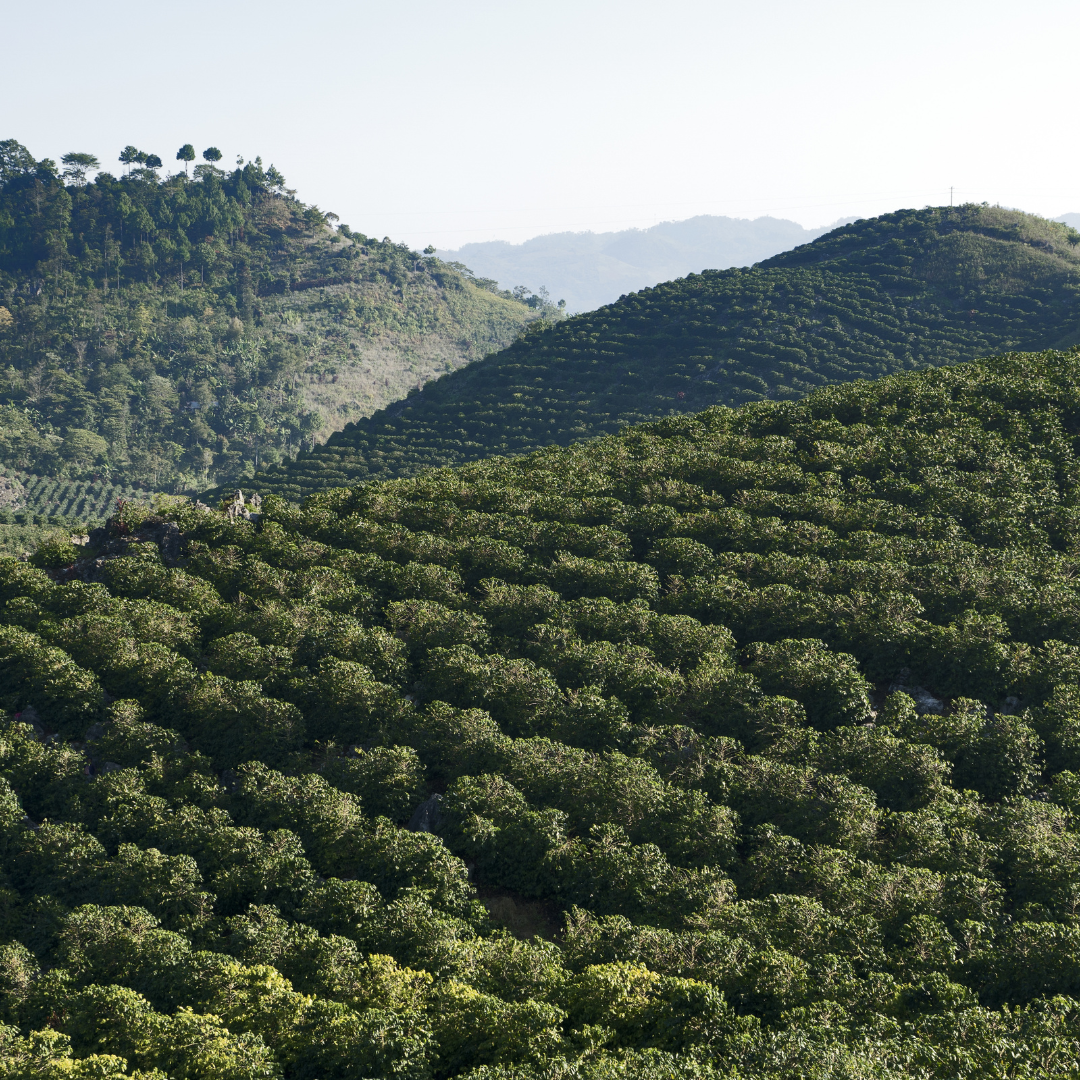

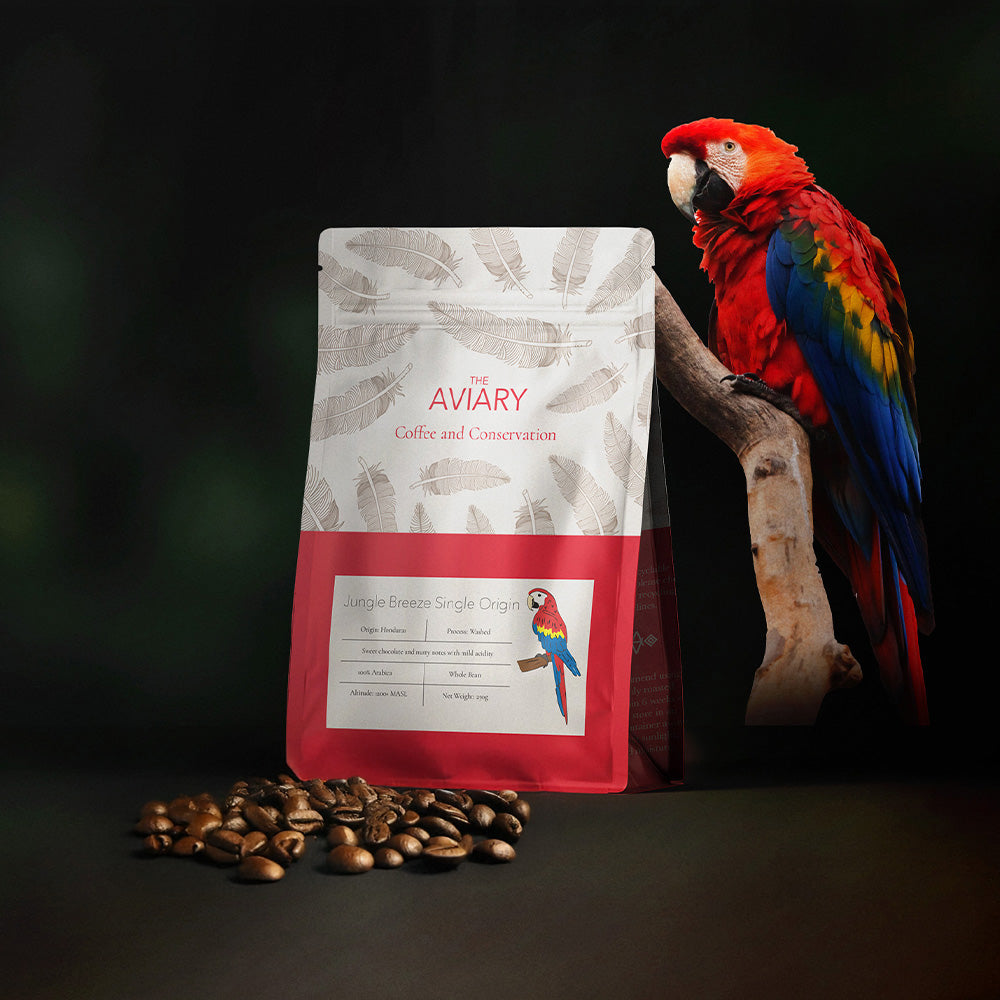

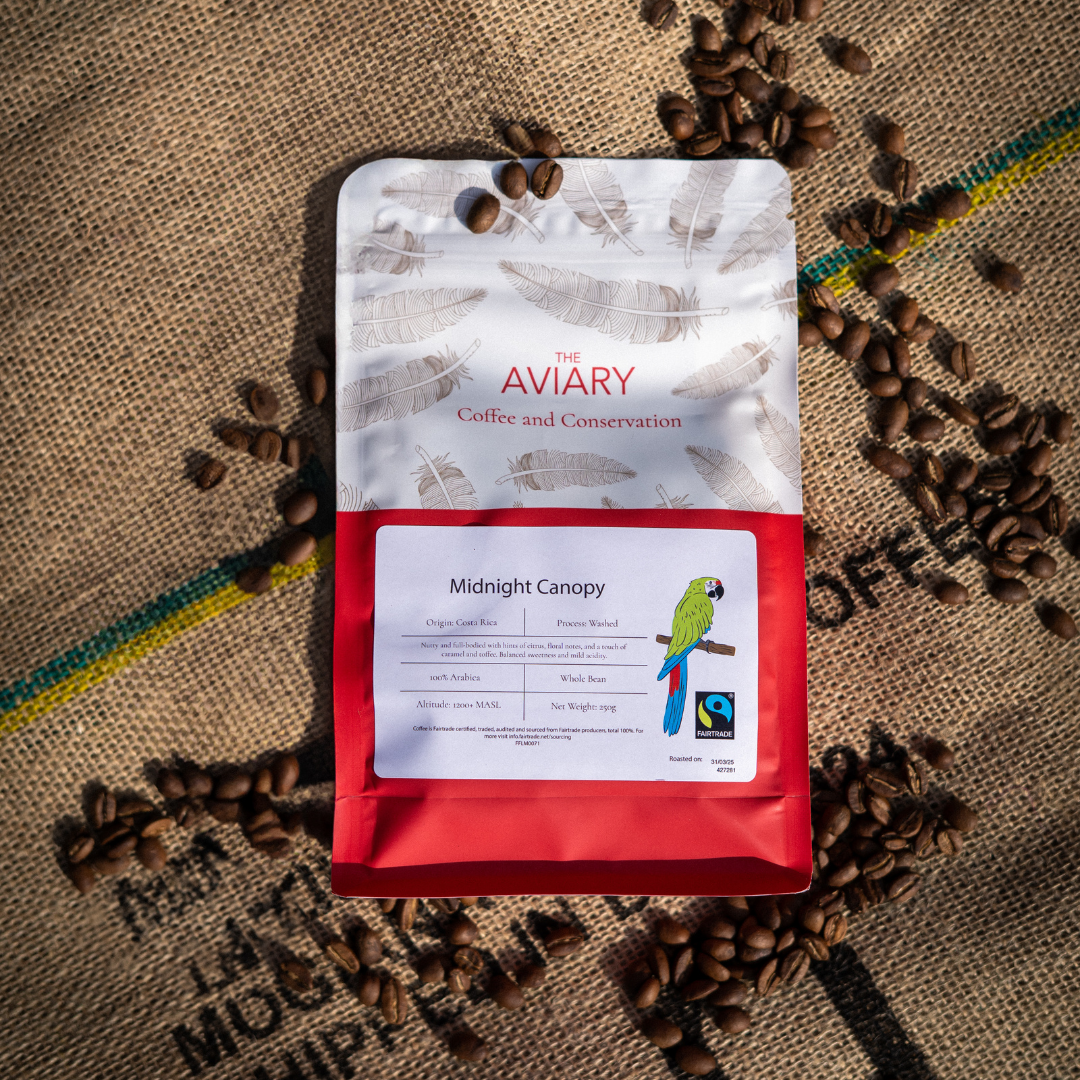
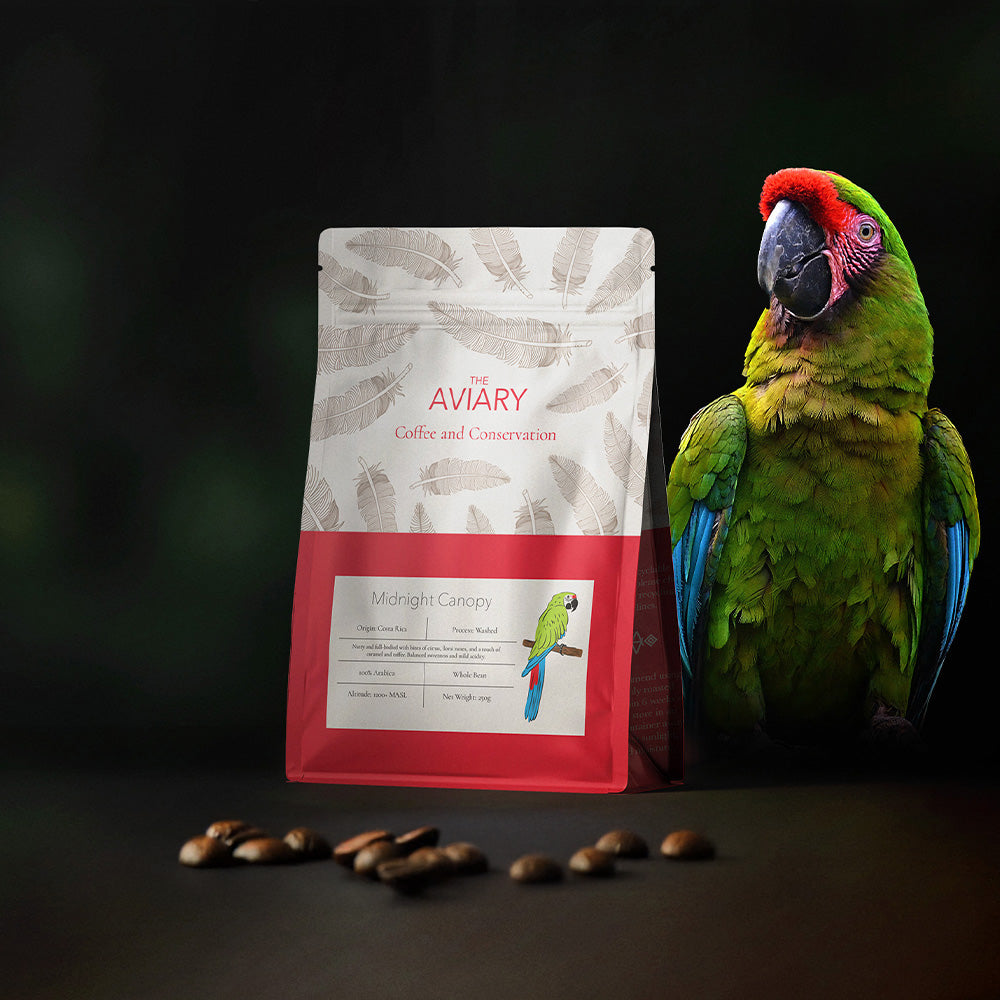
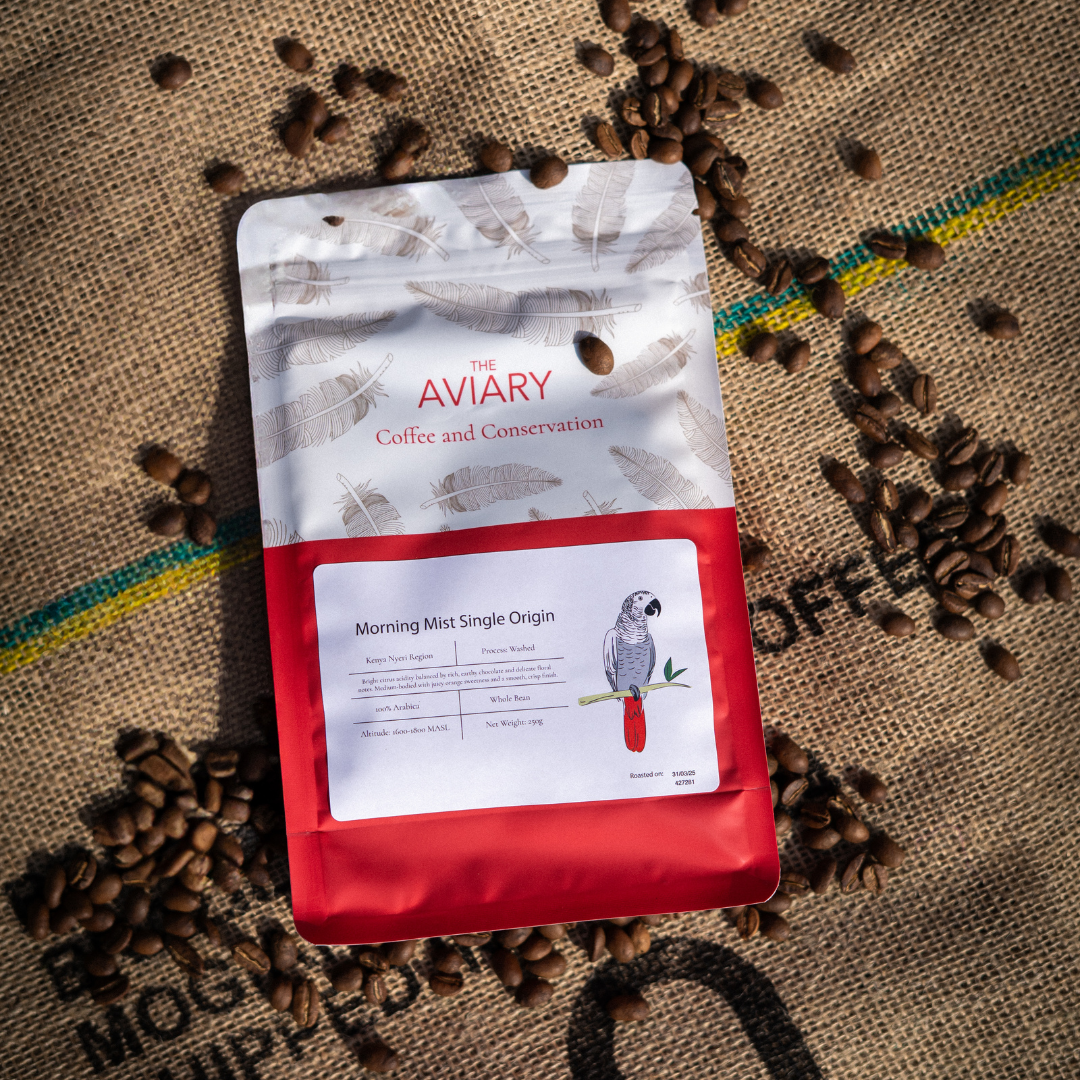
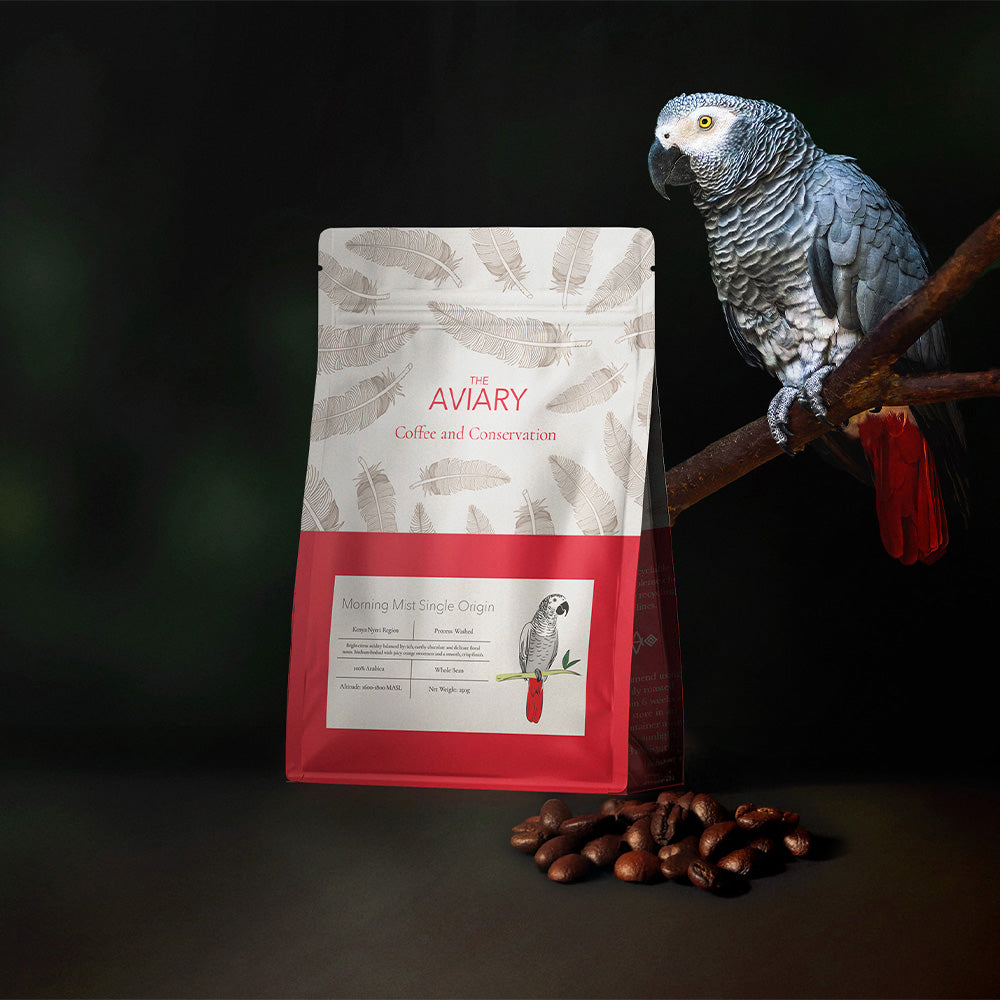

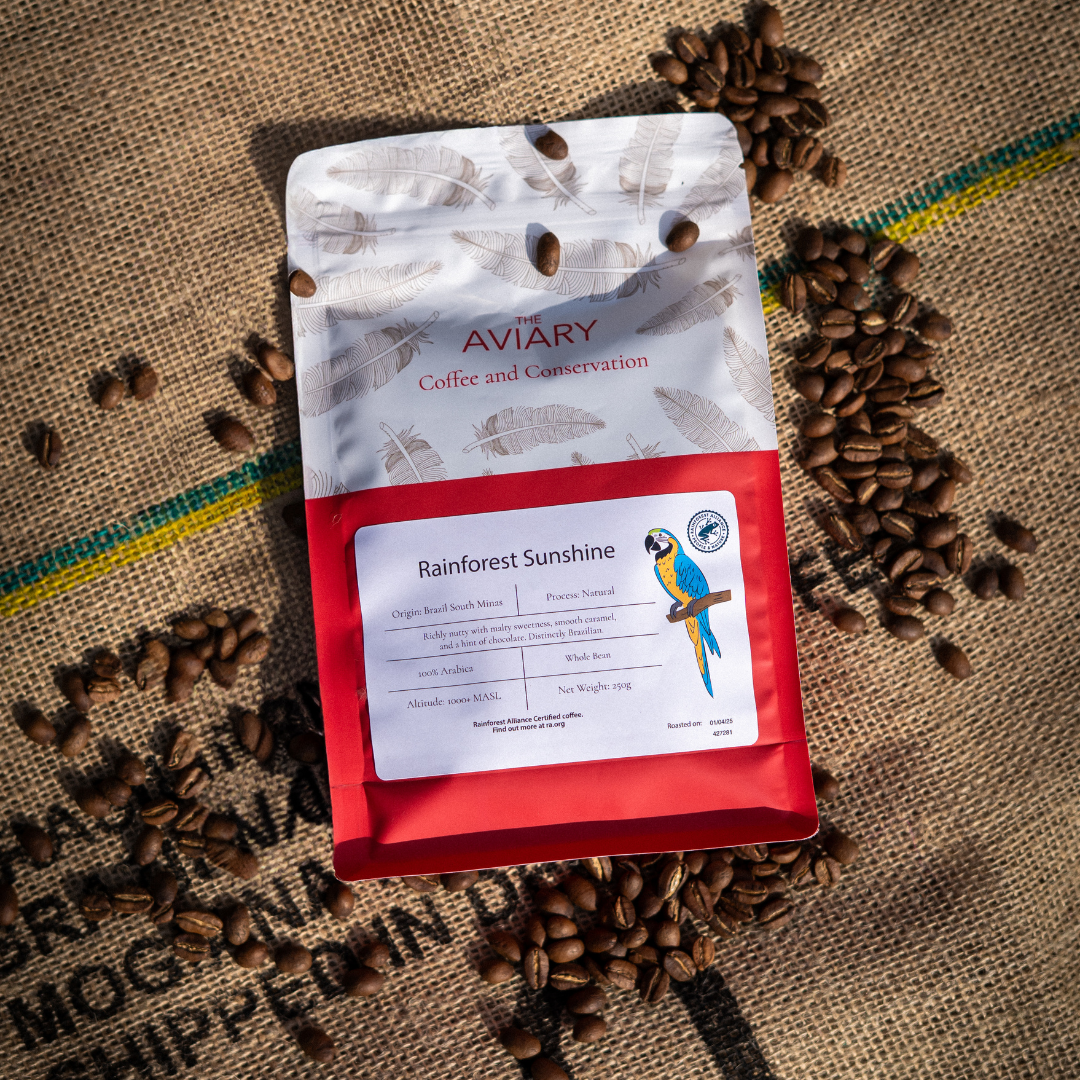
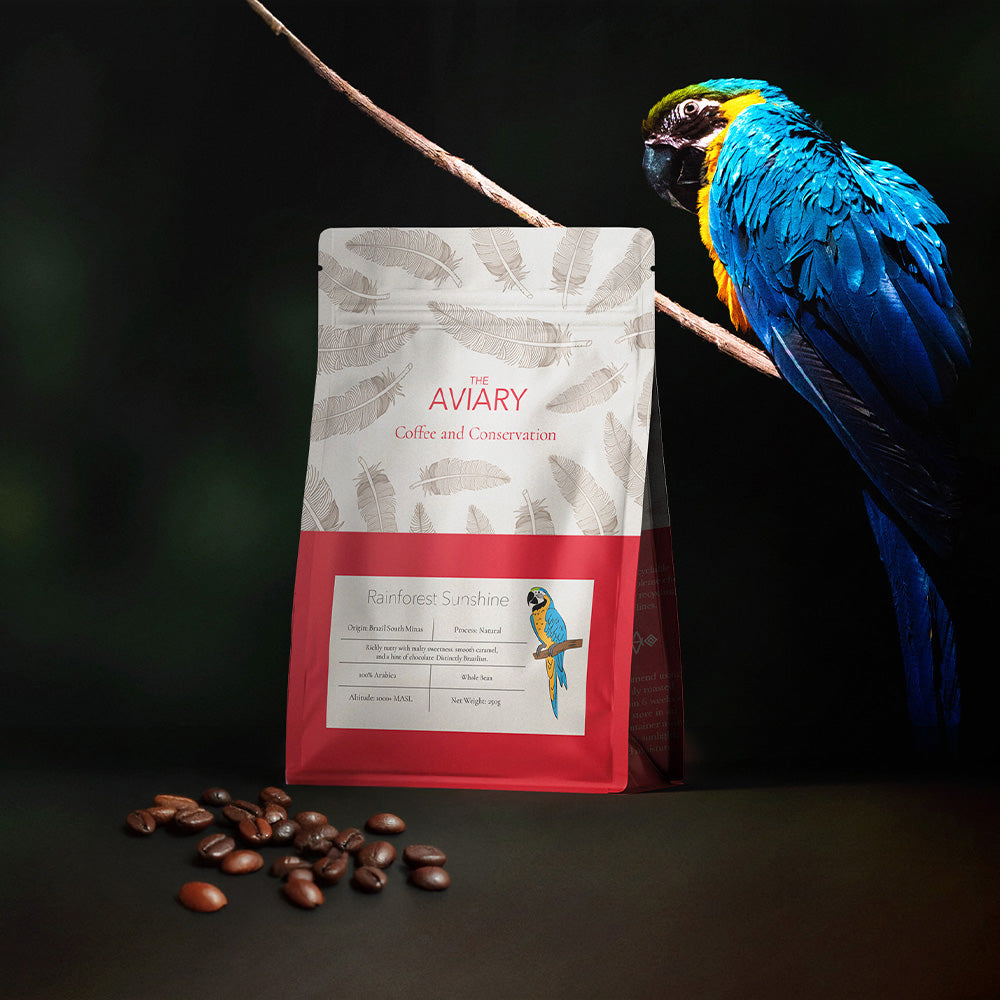

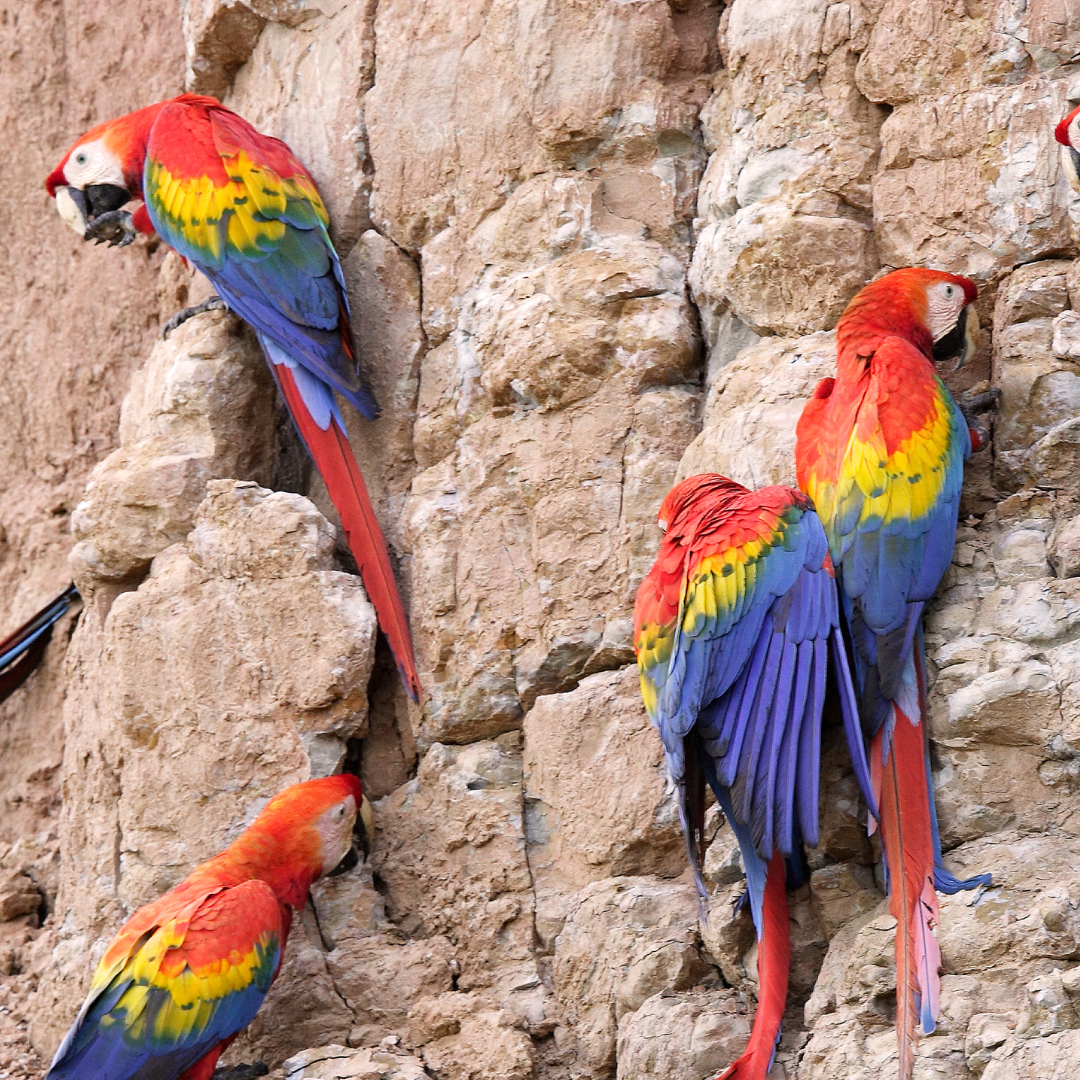
0 comments